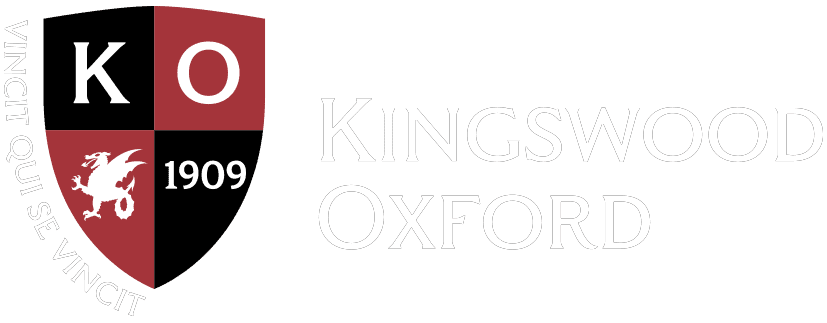January 18, 2018
How Can We Empower Students to Take Ownership of Their Own Learning?
Jane Repp, Interim Director of Teaching and Learning
The explosive growth of knowledge and technology during the 21st century requires future leaders who will be able not only to absorb new information but also to evaluate, analyze and interpret it and apply it to new situations in innovative and creative ways. They must also be able to think critically and work collaboratively with others.
How is Kingswood Oxford, a private school in Connecticut, preparing its students to meet these challenges?
Own It
As a faculty, we believe that students learn most effectively, deeply and joyfully when they take ownership of their learning.
Rather than merely memorizing information from a teacher or textbook, students should instead be learning how to use information to solve problems, to devise and assess multiple interpretations, and to create their own meaning and understanding. Students need to become skilled at actually using the material they are learning, not merely showing that they know it.
Team Up
Collaboration is a key component of this process. By working together to solve problems, students generate a much wider range of ideas than they would individually, learn to handle the give-and-take of exchanging different viewpoints, and savor the satisfaction of reaching consensus.
All these approaches make learning more personal, more enjoyable and more meaningful for students.
Take Action
With this educational model in mind, KO teachers have set a challenge for themselves this year: How can we create new learning experiences in our classrooms to raise the level of ownership for all students?
Practice What We Preach
In working together to answer this question, our teachers have themselves become vigorous learners –mirroring and modeling the same curiosity, growth, collaboration, feedback and creativity they seek to foster in their students.
During a two-day workshop before classes began last August, the KO faculty, guided by Sarah Prevette and Sandra Nagy of the innovative development program for educators Future Design School, explored the concepts and methods of student ownership of learning.
Then each teacher devised his or her own classroom activity or project designed to provide students with the opportunity to make meaning for themselves by applying their knowledge to a problem and solving it.
Finally, teachers broke into small groups where they shared their projects with one another, received feedback, and discussed modifications. As the school year began and teachers implemented their projects in the classroom, they met regularly to share their experiences and gain the perspectives of their colleagues.
Just Do It
Here is a brief sampling of some of the innovative classroom activities teachers have initiated this year:
Seniors in Alex Kraus’s physics class launched rockets from the football field to study their trajectories.
- Sixth graders in Beth Repp’s English class drew mind maps depicting the plot, characters, settings and themes of a novel they were reading.
- Instead of taking a written exam, students in Jen Weeks’s French class delivered a presentation on how something they’d read could be applied to the KO community.
- As a summative assessment at the end of the first semester, each eighth grader in Introduction to Physical Science was presented with a substance and challenged to determine its chemical composition using the laboratory techniques they had studied.
Students in Natalie Lynd’s calculus class engaged in a student-led Harkness discussion about problem-solving strategies.
Love Learning
Through creative projects like these, KO’s teachers are inspiring students to develop ownership of their education, to improve their collaborative skills, to apply their knowledge creatively to real-world situations, and, perhaps most important of all, to love learning.
Thinkers
Blog Main News
